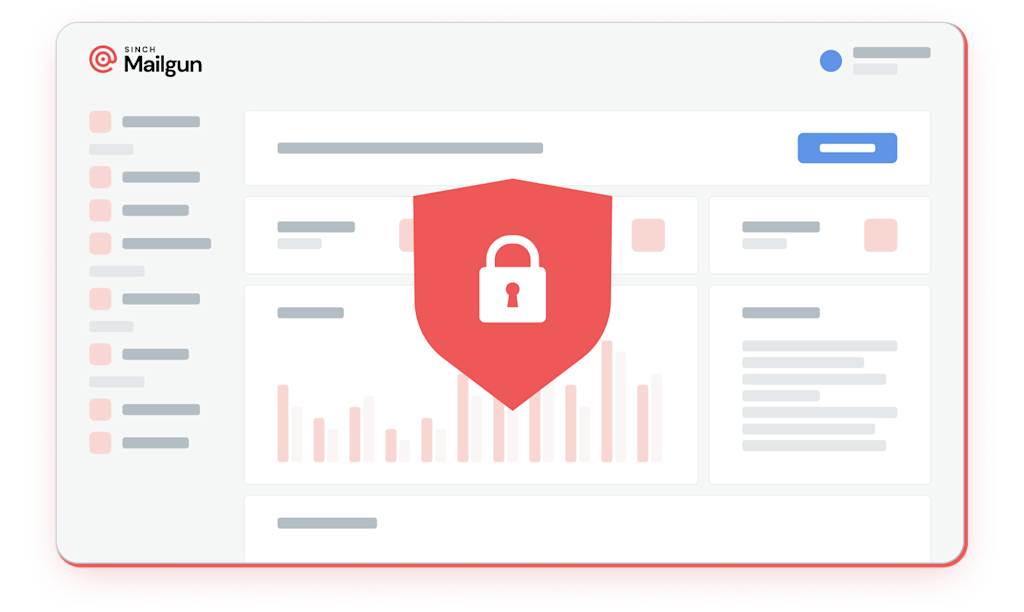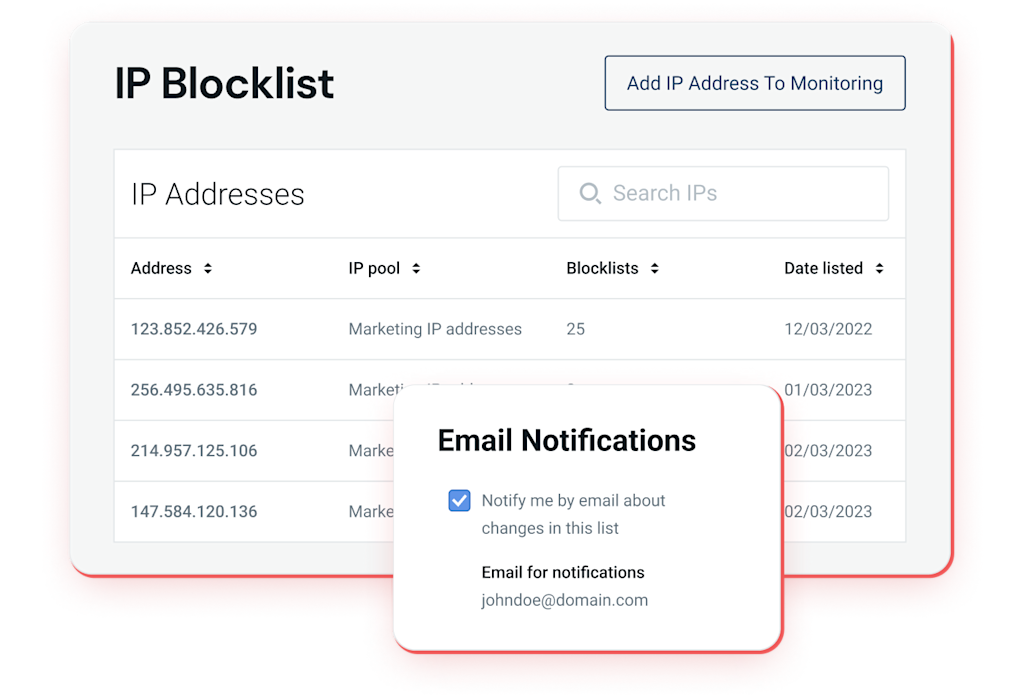Understanding the value of email spam checkers
Email spam is something we can’t seem to avoid. By one measure, email spam represented nearly 40 percent of all email traffic around the world in 2017. For the recipient, email spam is a hassle – not only eating up time deleting junk but also carrying the potential of malware getting on your computer with just one click of a link.
The prevalence of email spam makes it more difficult for legitimate emails to reach their intended recipients, and that can definitely hamper any email marketing program by triggering deliverability issues. For a business sending a high volume of messages as part of an email marketing campaign, an email spam checker is a critical tool to improve your email deliverability, boost your IP reputation, and keep your business off common blocklists.


How an email spam checker works
Ultimately, the goal is to prevent your mail servers from being blocked and prevent your email marketing messages from ending up in a recipient’s spam folder. An online spam checker achieves this by checking your IP addresses or domain names against common blocklists.
The spam checker also looks at email content and subject lines to ensure your legitimate messages won’t be flagged as spam messages. The test results you receive are designed to give you the best spam score and to enable you to tweak content, subject lines, and other components of an email marketing campaign.
Why use an email spam checker
For email marketers, sending multiple emails as part of a campaign already is enough of a challenge. According to one estimate, about one-fifth of permission-based emails sent by legitimate marketers land in recipients’ spam folders. Without using an online spam checker, your emails stand an even greater chance of being marked as spam, thus creating delivery issues that could have been avoided.


Why sending spam test emails is important
It’s one thing for your email marketing messages to go into your recipients’ spam folder. But if you’re also regularly getting marked as spam, it could land your IP address or domain name on a global blocklist. Having clean emails is also good for your business. By having your emails scanned in advance by the major spam filters, you can improve your open rates, keep customers engaged, and achieve your marketing goals. Running your emails through the most well-known spam filters like SpamAssassin, and finding out which aspects of your email messages might trigger them can be very valuable information as you scale.
DIY spam tests
If you wanted to try running a spam test on your own, you could open free email accounts with Google, Yahoo, Microsoft, and other popular email service providers. Then you’d have to send a test email to each account to see if your messages show up in the inbox, or get flagged. This is all fine if you have a small email list and don’t send emails out very often. But as you grow, it will slow down your productivity. On the other hand, using a service will automate the process for you, plus give you valuable insights like your spam score, if you’re blocklisted, and advice on how to tweak your content.


Avoid spam filters and send email messages with confidence
Making minor changes to the subject line, message body, and HTML coding might seem easy enough. For instance, it’s pretty certain that if you use a word like “viagra,” you’re going to be caught in the spam filters. However, sometimes, your spam status is not because your content is actual spam, but is based on more complex issues, like the metadata or the SMTP server behind the scenes. For example, if you don’t have a recipient list comprised of real emails, that alone can raise red flags. Furthermore, you want to make sure that your recipients don’t report you for sending unsolicited bulk email. By building your list so that it only contains people who opt-in to receive your content (and not purchasing names and email addresses from unknown entities), you can stay one step ahead of spammers. That’s why in addition to sending spam test emails, working with an email validation service provider to make sure the email addresses you have are valid is another important step to take if you want to protect your sender reputation.
SIGN UP TODAY
Improve your deliverability with Mailgun
While Mailgun does not provide email spam checks within the control panel, our Managed Service can run checks for you and proactively monitor your reputation. No matter what tool you use, it’s smart to be proactive about spam checking so you can ensure your IP reputation is unblemished, your delivery rates are solid, and your email campaigns yield positive results.
Check out our plans to bundle together features for better deliverability.

OTHER FEATURES
Explore beyond email spam tools
Mailgun has a variety of features for companies in need of combating email spam.
Products
Solutions
Overcome email challenges



